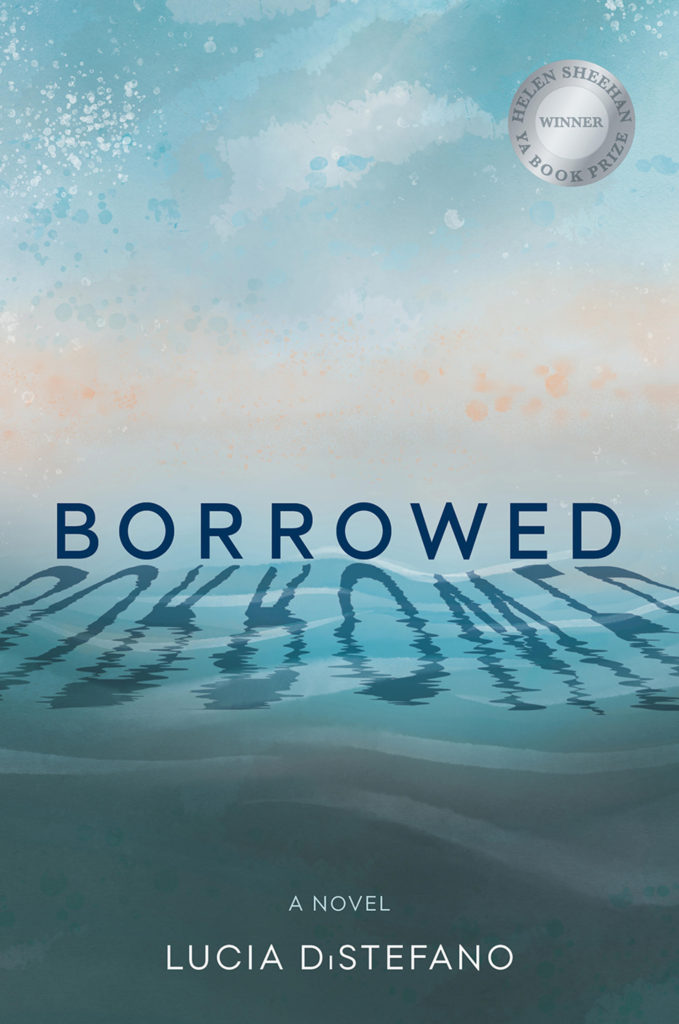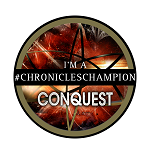
Guest Post from Lucia DiStefano – On Writing.
Years ago, I was in a book group with a woman who’d been eagerly anticipating surgery to remove cataracts from both eyes. “I can’t wait to read with ease again,” she’d said. “I can’t wait for the world to be sharp and clear again.” So, of course, that first meeting post-surgery, the question of how she was seeing was front and center.
“Oh, the surgery was a success,” she’d said, distractedly flipping through the book and biting her lip. “I was like a kid afterwards, reading everything in sight, just to enjoy how distinct all the letters were.”
“But…?” I prompted, sensing the tug of dismay underneath her words.
“Then I saw myself in the mirror!” she said, her face falling. “And I thought, ‘Oh my God, is this what I look like? Why didn’t someone tell me?’ I need an iron to smooth out all these wrinkles!”
No one had an answer handy for that one.
Before we moved on to discussing the book for that month, she added, “I couldn’t wait to see everything again, but I guess re-seeing isn’t all that it’s cracked up to be.”
I know this sounds like the lead-up to a post on ophthalmology, but it’s actually a piece on writing. Creating a story requires seeing with our mind’s eye first, but we have to see it all again before it’s ready to be shared with the wider world.
Revision. An ordinary, non-controversial, non-glamorous word. It may call to mind the drudgery of ripping out verbal stitches that you had so laboriously sewed, but whatever your association, you have a relationship with it if you’re writing for publication.
For the past decade, I’ve been working as a freelance editor and writing coach, and in that capacity, I’ve guided many clients down the road of deep revision—trying to understand the work as an idealized whole and then doing whatever needs doing (i.e. cutting, cutting, rewriting, cutting) to get as close as possible to that shimmering vision in our heads. But it wasn’t until I worked with my own editor on revising Borrowed, my debut YA novel, that revision morphed from cerebral activity to experience for me.
I’m not about to say anything that will stop the presses or reinvent the artistic wheel here, but let me just say that we will always be too close to our own work to revise it effectively. We need a trusted reader to help us get there. Best case scenario is when the trusted other is also, in some way, invested in the work’s success. And that, dear readers, was what I loved most about this past year, starting with the news that my manuscript had won Elephant Rock Books’s Helen Sheehan YA Prize and leading up to this moment, just a few weeks before the novel’s release: working with my editor, Jotham Burrello, to re-see the manuscript I’d thought I’d known so well.
Before we dug in and started the heavy lifting of talking about new scenes or discussing character motivations, Jotham asked me to take a couple of weeks and go through the
manuscript, scene by scene, and jot down the salient elements for each: character(s), setting, story movement, etc. I dutifully did this, partly because I’ve always loved non-math homework and because I’m the person who unplugs appliances when not in use (just because the manual says to) and who finishes all medicine even when symptoms abate (just because the label says to). But I also did this because I was so gobsmackingly thrilled and surprised to have won the contest (after more than a decade of trying to make it into print with several other novel manuscripts) that if Jotham had asked me to don a foil cap and run out to warn passersby of squirrels’ penchant for thought-stealing, I likely would have.
But doing something and being sold on the benefits of doing that thing aren’t the same, and I must admit (you won’t judge me, right?) that, when I embarked on it, I didn’t think the exercise would yield fruit. After all, I already knew the manuscript front to back and sideways. I knew it so well that I could predict its next move with 100% accuracy. I knew it so well (and it me) that we’d started finishing each other’s sentences. I knew it so well that I sometimes felt steamrolled by boredom when reading it for the umpteenth time when too few days had passed between reads.
And yet…
When Jotham asked me weeks later what I discovered in that work, I had actual discoveries to report! Engaging in the relatively simple, straightforward, and humbling activity of X-raying the manuscript—and learning not to rush ahead to a diagnosis just yet—taught me to start to do for myself what I’d been doing for clients for years: seeing the work with different eyes.
I discovered redundancies and contradictions and wobbly plot legs and spots of richness that could be made richer. In other words, I discovered my first moments of re-seeing.
And in the ensuing months of revision, I worked harder than perhaps I ever have, and the work was frustrating and exhilarating and incredibly meaningful to me. I had to cut things I was sure I couldn’t possibly cut (some of them seemed more like fact than fiction, I was so used to them), and I had to write new things I didn’t think I could possibly write. Jotham was helping me re-see every discrete element as well as the whole itself.
I know this sounds like the wrap-up of a post meant to sell you on revision—or a pitch to sell you on the novel-changing magic of working with Jotham (but really: he’s a skilled and thoughtful editor, so if you ever get the chance to collaborate with him, you should jump at it). Rather, it’s a snapshot of one writer’s surprise at re-seeing a story she’d grown to take for granted as a done deal—and then using those new eyes to paint a new picture.
About the Book.
As seventeen-year-old Linnea celebrates the first anniversary of her heart transplant, she can’t escape the feeling that the wires have been crossed. After a series of unsettling dreams, inked messages mysteriously appear on her body, and she starts to wonder if this new heart belongs to her at all.
In another Austin neighborhood, Maxine braces for a heartbreaking anniversary: her sister Harper’s death. Between raising her brothers and parenting her grief-stricken mother, Max is unable to ignore her guilty crush on Harper’s old flame or shake her lingering suspicion that her sister’s drowning wasn’t really an accident. With Harper as the sole connection, Linnea and Maxine are soon brought together in fantastic and terrifying ways as the shocking truth behind Harper’s death comes to light.
Like Elephant Rock on Facebook and follow them on Twitter @ElephantRockBks for blog tour news and updates
Follow the Tour:
Happy Reading!






